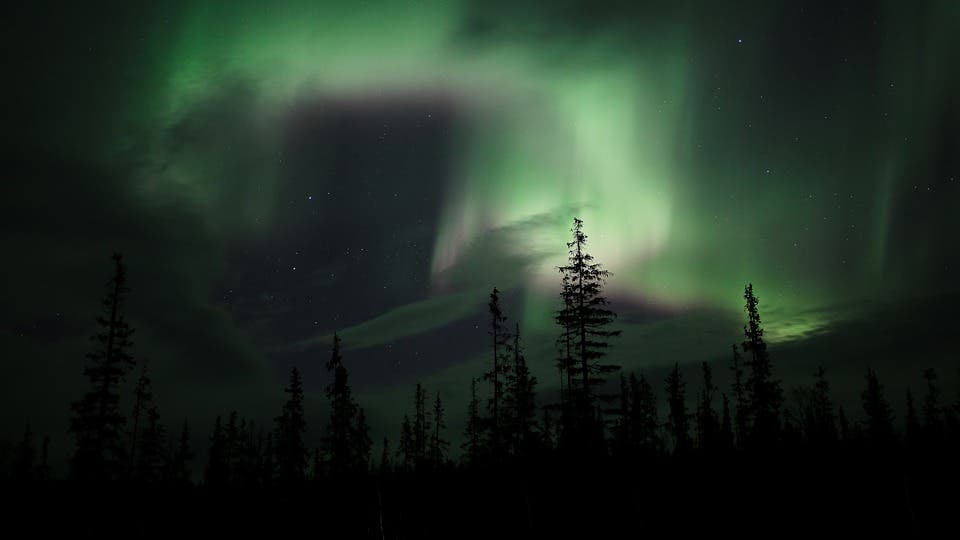There’s more bad weather forecasted for today, but this is the kind that we’ll all be thankful for — a minor solar storm will hit our planet on Wednesday, March 14. The event could amp up Earth’s auroras, making them visible from the northernmost parts of the U.S.
“Northern tier” states, such as Michigan or Maine, could be in for a treat as amped-up auroras (northern lights) could dance across the sky tonight, a product of a solar storm inbound towards Earth. The same storm could also induce some fluctuations in weaker power grids, and should only have a minor effect on our satellites, according to an alert issued from the Space Weather Prediction Center (SWPC), part of the National Oceanic and Atmospheric Administration (NOAA), in Boulder, Colorado.
Researchers at the SWPC predict that the storm originates from a coronal hole in the sun, a region of lower energy and with a weaker magnetic field in the Sun’s outer layer. The particular conditions in this area allow high-speed, charged particles to shoot out into space, eventually finding their way to Earth. The storm will be a G1 class — making it a relatively minor event — and should last from Wednesday to Thursday, March 15.
Light it up
Auroras (known as ‘borealis’ over the North Pole and ‘australis’ over the South Pole) form from the interaction of these particles with the Earth’s magnetic field. Because they are charged, they are directly affected by the magnetic field when trying to pass through; similarly to how a pane of glass would ‘interact’ with you, should you try to pass through it.
We don’t fully understand the mechanisms behind aurora formation, but, in broad lines, the pretty colors are the result of ionization in the upper atmosphere. This, in turn, is produced by successive collisions of high-speed charged particles with atoms in the Earth’s upper atmosphere, causing them to shed electrons and protons (to ionize). Auroras can form on other planets with an atmosphere, through a similar process.
Particularly strong solar storms can trigger geomagnetic storms. Depending on its intensity, this could mean radio blackouts, fluctuations in power grids, maybe even with satellites in orbit.
Auroras or polar lights typically form near the (magnetic) poles, where the geomagnetic field is thinnest, and these charged particles can force their way through. Events such as solar storms widen the area on which auroras form because they put out more charged particles than usual — the deluge compresses Earth’s magnetic field, so some particles can push through at lower latitudes. In 1989, for example, a similar event made auroras form all the way down to Texas.
So fingers crossed, and you might get to enjoy one superb light show later today — nature’s treat.










